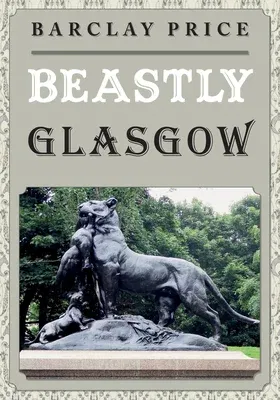Animals have shaped the cultural and economic life of Glasgow through
the ages, and many statues and other memorials around the city honour
the role played by animals in the city's history. Horses were central to
Glasgow's massive expansion in the nineteenth century, moving goods in
and out of the city, and their sight, sound and smell were an integral
part of the life of the city well into the 1950s. For centuries they
were the main means of transport, whether as saddle horses or pulling
vehicles, or for the military at the cavalry barracks in the Gorbals,
and myriad trades depended on the horses, including saddlers, harness
makers, grooms, fodder suppliers, horse trainers, riding schools, horse
dealers and farriers. Equestrian events were a regular feature at
theatres and fairs and gradually developed into circuses and such events
as Buffalo Bill's Wild West Shows. Performing animals were seen in the
city for centuries and menageries of exotic animals toured Glasgow from
the late eighteenth century onwards, followed by circuses, bringing the
largest elephants to the smallest flea circus. After several attempts, a
permanent zoo finally opened in Glasgow in 1947 but closed 2003. As the
population grew, domestic pet ownership grew too, including racing
pigeons, and numerous dog and cat shows became established. Whippet
racing was a popular pastime a century ago, with illegal betting, but
was gradually replaced by greyhound racing where betting on-track was
legal. In Beastly Glasgow, author Barclay Price takes the reader on a
fascinating exploration of the city's animal associations through the
ages. Full of unusual tales and fascinating facts, this well-researched
history will introduce readers to the beguiling history of Glasgow's
animals.

